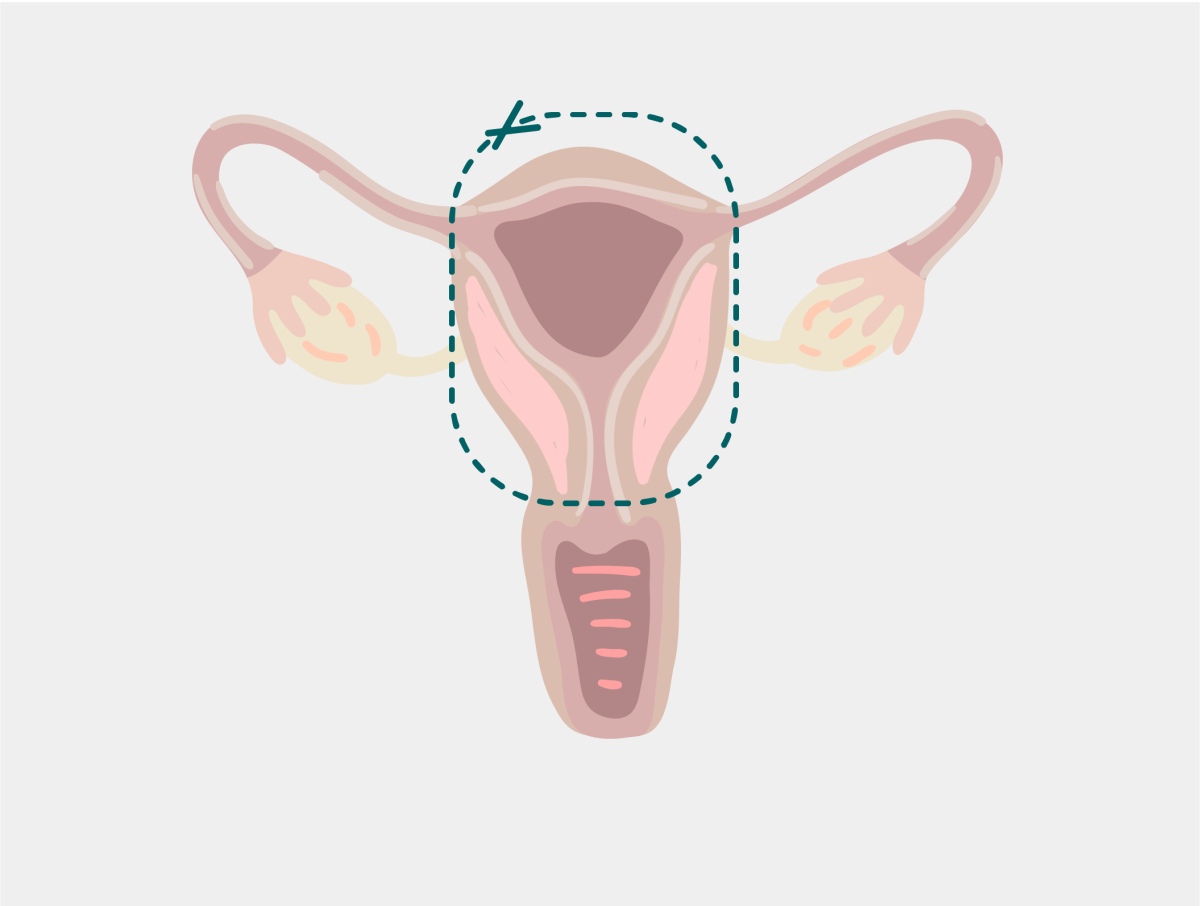A hysterectomy (the surgical removal of the uterus) will not cure endometriosis. However, it may be offered to people who have completed their families and have related conditions such as adenomyosis (a condition similar to endometriosis that affects the muscle wall of the uterus) that have not responded to other treatments.
The term ‘hysterectomy’ means to surgically remove the uterus. It is important to note that a hysterectomy does not include removal of the ovaries and this means that people who have had a hysterectomy continue to have normal hormone levels and will not become menopausal. If there is a specific reason to remove the ovaries, then this is called an ‘oophorectomy’ and removing both ovaries will lead to menopause.
For people with endometriosis considering a hysterectomy, a few important points need to be considered. The first is that having a hysterectomy for pain symptoms will not always improve the symptoms. It will mean that there will be no more periods following the procedure, so people with heavy menstrual bleeding will no longer have this symptom. However, the pain may not be due to the uterus, or only partially due to the uterus, so the relief of symptoms may be none or partial. It is also important that if a hysterectomy is being done for pain, all the endometriosis is removed at the same time as the uterus, since this may be contributing to symptoms.

A hysterectomy is called a total hysterectomy when the cervix is removed with the uterus. When the cervix is left behind, this is called a subtotal hysterectomy. Generally, when a hysterectomy is planned for people with endometriosis, a total hysterectomy is performed, since this also allows for the removal of endometriosis in common areas behind the uterus and the ligaments that attach the uterus to the pelvis. In addition to the uterus, removal of the fallopian tubes is common since this may reduce the risk of future ovarian cancer, without causing menopause or other side effects.
A hysterectomy can be performed in one of 3 ways:
- Vaginally – where no cuts are made in the abdomen, and all the surgery is done through the vagina. This may limit the removal of endometriosis at the time of surgery.
- Laparoscopically – this allows for the entire abdomen and pelvis to be visualised and any additional endometriosis to be removed along with the uterus.
- Abdominally – this is done by a cut in the abdomen – either a sideways cut (bikini line) or a vertical cut (from the belly button to the pubic bone)
The approach used for the surgery will depend on your surgeon’s recommendations, the size of the uterus, the need to remove additional diseases (such as endometriosis) and the availability of instrumentation and technology. It is important to remember that hysterectomy should only be considered by people who have completed their family. This is a major surgical procedure and recovery is longer than for a laparoscopy for endometriosis with limitations on lifting and sexual intercourse to allow appropriate healing. Read our guide on preparing for surgery.
 Skip to main content
Skip to main content